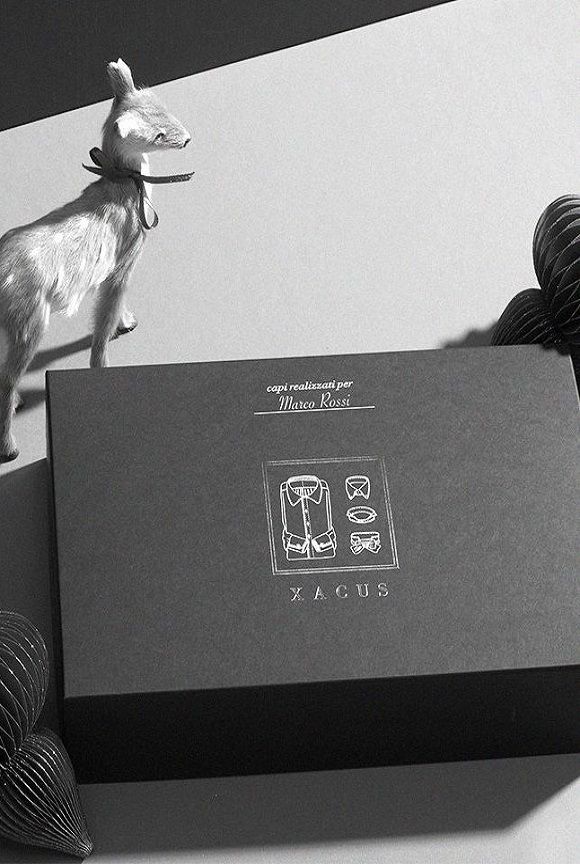Familiarise yourself with shirt fabrics: twill, eclectic fabric
The structural difference between shirt fabrics
Each piece of cloth is different, not only in colour and yarn, but also the weft, that can only be felt on touching it. This is how we understand the structural difference between shirt fabrics, all of them created following a precise pattern called a weave and is what distinguishes the way in which the weft and warp threads intertwine with one another. Each weave can be identified by a so called “paper pattern”, where the white and black squares respectively indicate where the two threads go. There are four basic weaves and each one of these gives life to different kinds of fabric.
Plain weave
This is the simplest one because it can be achieved by alternating the weft and warp threads. The visual effect of the shirt fabrics produced with this weave is similar to that of a chessboard and can be seen better when viewed on the pattern. The front and back of the plain weave are the same; furthermore, using different coloured weft and weave threads, a fabric with a very small chessboard design can be achieved.
Madras, the well-known Indian check fabric is achieved with plain weave. It is also used to produce Oxford by intertwining threads of a different thickness; poplin and zephyr, both with more warp than weft threads.
Twill weave
This intertwine, also known as levantine produces a fabric for shirts characterised by diagonal lines. In this case, the front and back are different: on one side there is a greater number of weft threads and on the other side a greater number of warp threads, and it is precisely this prevalence that guarantees the softness obtained in the cloth.
The fabrics produced with this pattern are twill with 45° angle lines; tartan; tweed; denim, where the weft threads are not dyed while the warp ones are generally blue.
Georgette weave
Another intertwine that produces a diagonal line effect, the Georgette, is a twill weave with balanced rapport: weft and warp intertwine two by two, as can be seen in the pattern. So the front and back of the fabric are the same and the cloth is particularly pliable and elastic.
Houndstooth fabric is achieved with this weave.
Satin weave
This intertwine differs from previous ones because it produces a smooth, shiny fabric. The intertwine of threads, in fact, gives rise to distanced and regularly distributed points and ensures that on one side almost only weft threads can be seen (opaque side) and on the other a lot more warp threads (the shiny side).
This weave is used to produce satin, Damask and moleskin.
Now that you know the structure of the shirt fabrics and all the yarn processing stages you can start to observe them closer and find out which ones are your favourites.

